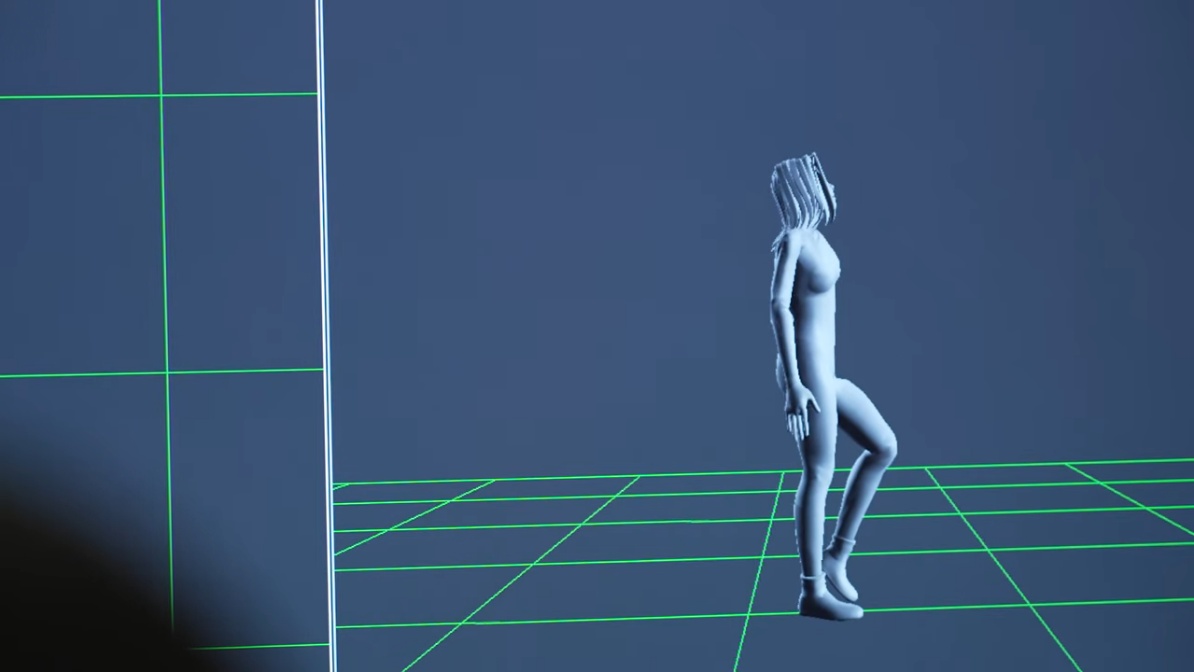

There’s a difference in the decision process. For this, it doesn’t mean that working for a publisher is better. Everything that revolves around that is different though. However, the process of creating a game doesn’t change that much. Sato: “In a sense, the difference is so big that I wouldn’t know where to start. We’re indeed free, but it involves self-responsibility. Alternately, nothing moves if we don’t make things. Okura: “We can make anything by ourselves.

What’s the difference you feel in your work from working with big publishers and going indie? In our current state, if it’s fun we can just go ahead and make it, so if the demand is big enough, it’s easier for us to answer.” Sato: “Adding on to this, back in the day these decisions needed to get approval from Sony. Toyama: “We’re focusing on the main game and think sequel or downloadable content, but we first need to achieve a strong main game.” Sato: “That’s why we can’t really say anything about a downloadable content right now. We want to make strange things, in a good way.” Okura: “It starts up with us getting excited because it’s new. Okura: “It’s just that there’s no point in imitating something that’s been already made. Why do we end up always trying to make things we’ve never done before. I’m sure there’s a way to make things more easily, that’s the case now as well. In the end, everything we make is experimental. I believe that’s what the question means by experimental.

Toyama: “The question refers to Gravity Rush and one of its downloadable contents that had a standalone story.

We’re controlling our budget and narrowing it to a more compact scale.” It’s close to what we’ve done before, but it’s not the same. Scale-wise, Slitterhead felt like the closest to what we had previously made so far, so the decision also took into account the fact that we were just building our studio. Kazunobu Sato, Producer: “This leads us to the answer to the next question as well. We narrowed it down to two or three and ultimately ended up with the base for Slitterhead.” I had about four or five at first that I’ve shown to these two and asked for their opinion. Toyama: “We wanted to build our own studio and had some sort of a plan. How did Slitterhead become Bokeh Game Studio’s first project? Will you try making experimental downloadable content like you did with Gravity Rush 2‘s ‘The Ark of Time’? It’s also present in the game, so please look forward to it.” I believe that I naturally tend to go towards that direction. Nevertheless, I believe this is an aspect that I am comfortable with. There were also multiple playable characters who brought their perspective to the story, so I feel there are multiple layers to this question. Forbidden Siren had the sight-jack mechanic, a literal way to go through another point of view. Toyama: “The question is somewhat abstract. Will Slitterhead adopt multiple points of view like your previous games? Ultimately, the team includes members who have worked with us on Gravity Rush, so we wanted to leverage their skills, which is why we decided to pursue third-person action.” Toyama: “We had multiple choices to begin with. Junya Okura, Game Director: “The game will indeed be third-person. I want to achieve both action and drama with this game.” It conflicts the mind, making the players reluctant to enter certain fights. I wanted a game that could be enjoyed for its action, yet whose concept doesn’t solely revolve around killing enemies. From there, I wanted to widen the player base who could access the game, including players who don’t usually play horror games. It spans over multiple genres where horror is expressed. Toyama: “My first thought would be that the game doesn’t fully enter the horror genre. How do you balance between horror and action gameplay? What is the main point of the game? What is the scale of the game’s world? I started to wonder what could happen if we reinterpreted that concept. Another one comes from what we’ve created in the past with Forbidden Siren. Keiichiro Toyama, Creative Director: “A first aspect is the energy I felt from Hong Kong as a city. What were your inspirations for the creation of Slitterhead?


 0 kommentar(er)
0 kommentar(er)
